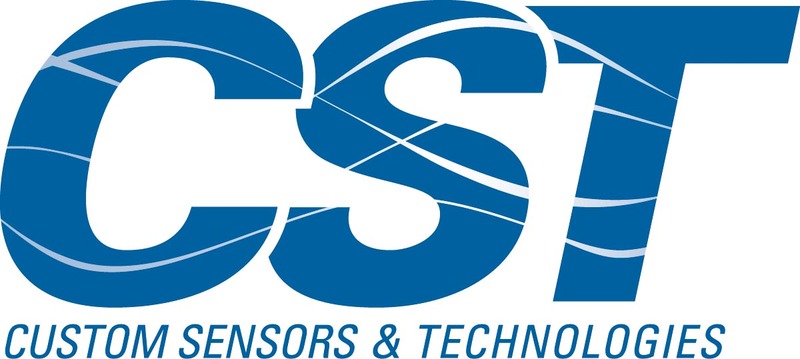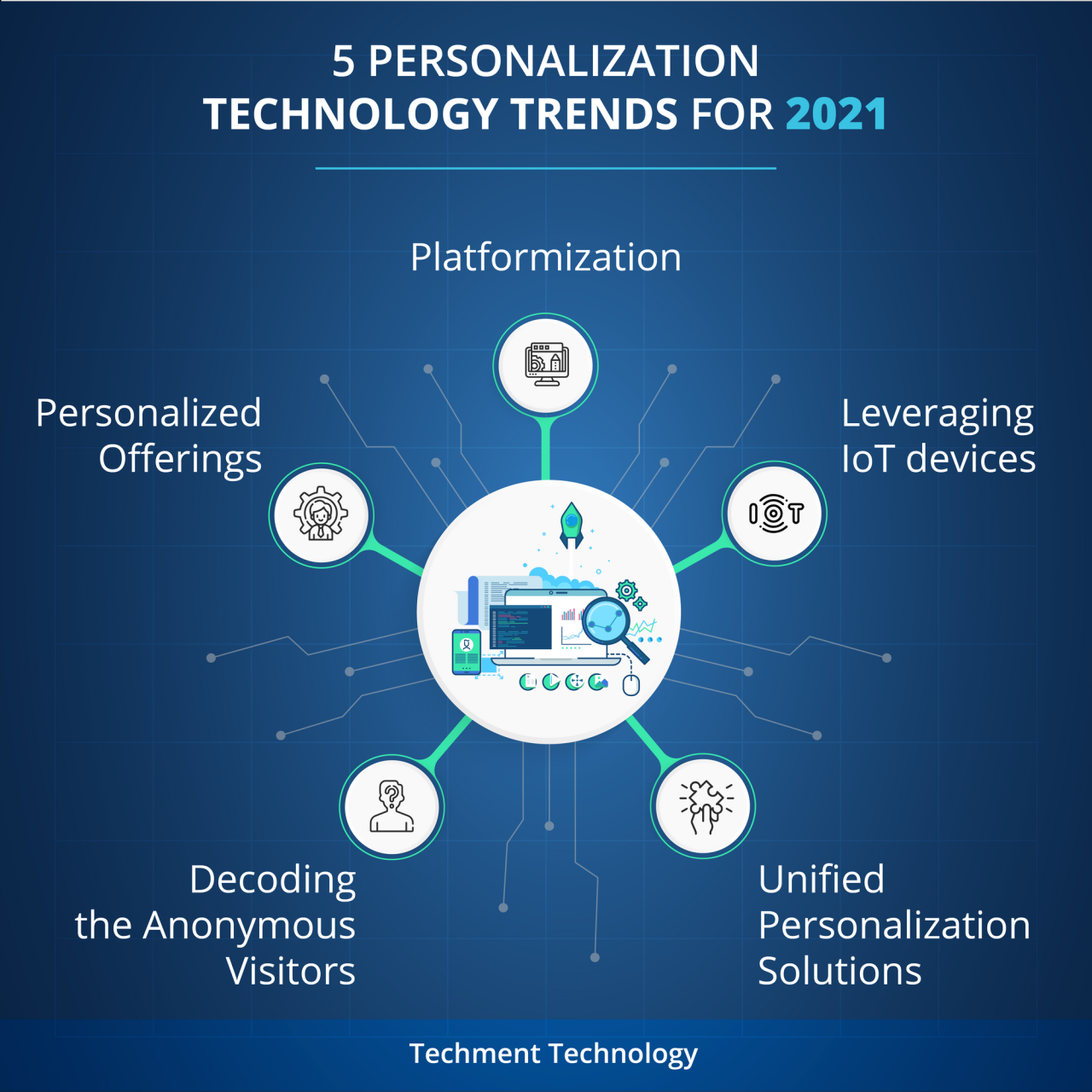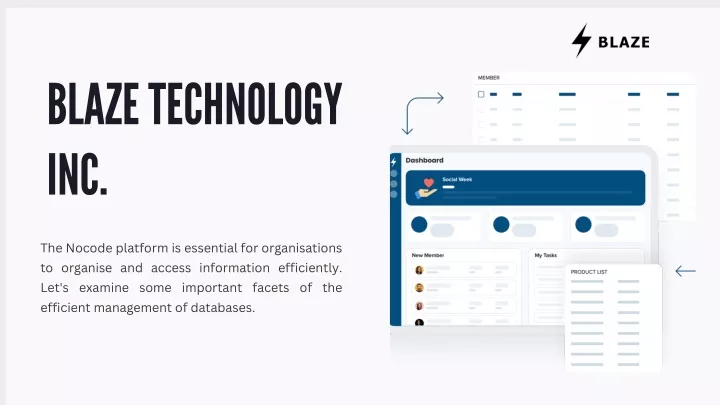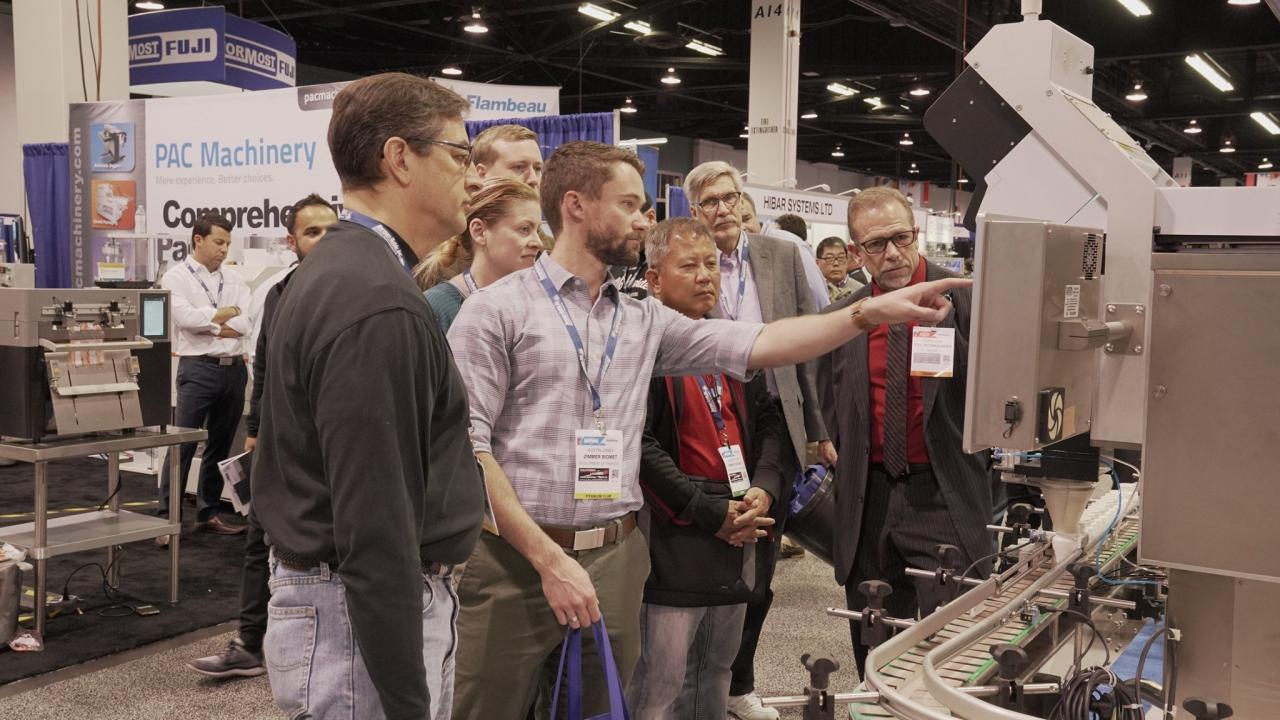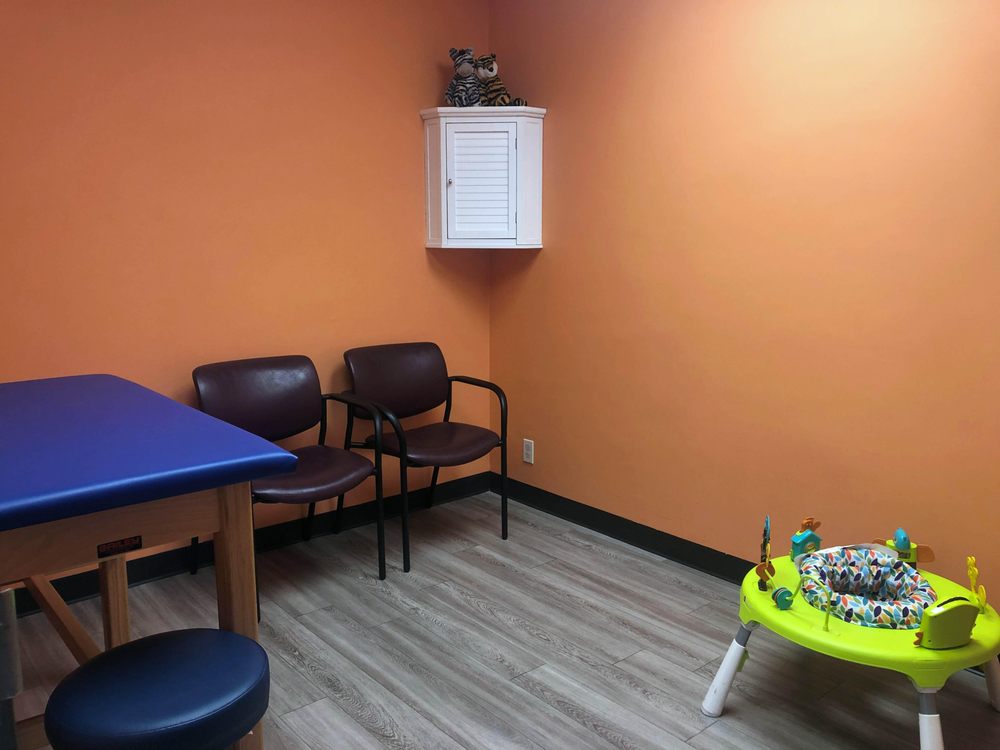Comfort Technologies: Shaping a More Comfortable World
Comfort technologies, a burgeoning field, are transforming how we live, work, and interact with the world around us. These technologies aim to enhance our physical, mental, and emotional well-being, creating […]
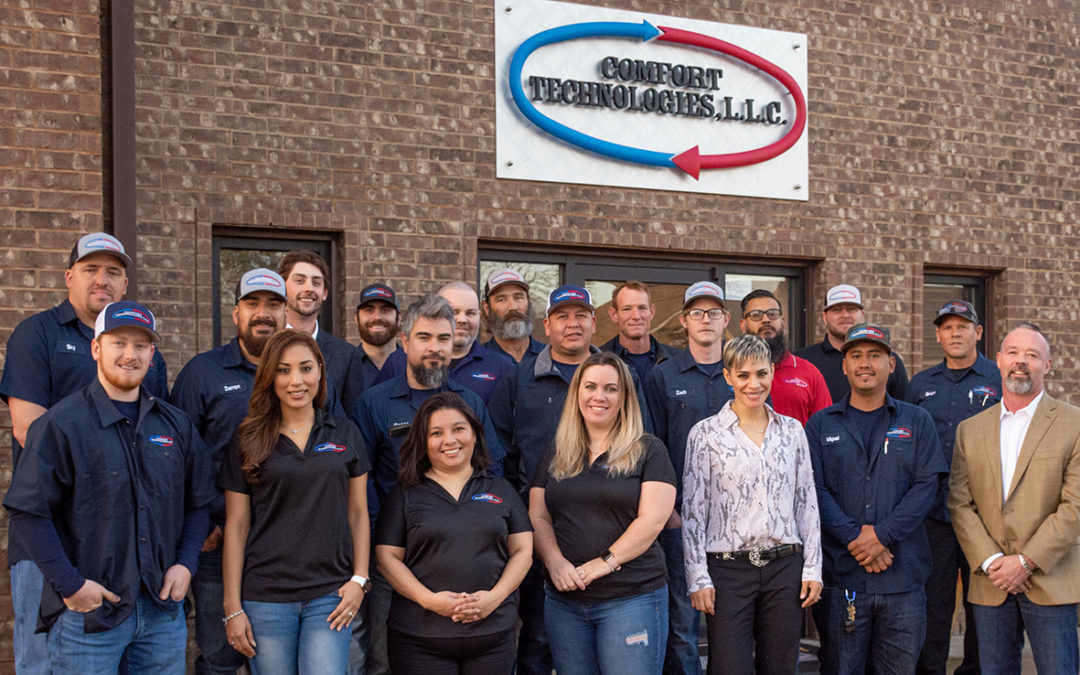
Comfort technologies, a burgeoning field, are transforming how we live, work, and interact with the world around us. These technologies aim to enhance our physical, mental, and emotional well-being, creating a more comfortable and enjoyable experience. From ergonomic furniture to stress-reducing apps, comfort technologies encompass a wide range of innovations that cater to our individual needs and preferences.
This field has evolved rapidly, driven by advancements in technology, design, and our growing understanding of human needs. Comfort technologies are now being integrated into various aspects of our lives, including healthcare, education, transportation, and entertainment. They are not only making our lives easier but also improving our overall quality of life.
Definition and Scope of Comfort Technologies
Comfort technologies encompass a broad range of innovations that prioritize user well-being and enhance overall comfort levels. They are distinct from assistive technologies, which primarily focus on addressing disabilities or impairments, and human-computer interaction, which explores the relationship between humans and computers. Comfort technologies, on the other hand, aim to improve the user experience by minimizing discomfort and maximizing satisfaction, regardless of individual needs or limitations.
Evolution of Comfort Technologies
The development of comfort technologies has been driven by a continuous quest for improved user experiences, with historical milestones and innovations shaping the field.
- Early Innovations: The invention of the reclining chair in the 18th century marked an early step towards prioritizing comfort. Later, the development of air conditioning and heating systems in the 20th century revolutionized indoor comfort, making it possible to control the surrounding environment for greater well-being.
- Advancements in Ergonomics: The study of ergonomics, focusing on human-machine interactions, has played a significant role in comfort technology development. Ergonomic design principles, such as adjustable chairs and keyboards, have been implemented in various applications to minimize strain and promote comfort.
- Technological Integration: The advent of smart technologies has further propelled the evolution of comfort technologies. Smart homes, with their integrated systems for temperature control, lighting, and entertainment, offer personalized comfort settings based on individual preferences. Wearable devices, such as smartwatches and fitness trackers, monitor vital signs and provide personalized feedback for optimizing comfort levels.
Applications of Comfort Technologies
Comfort technologies are employed across a wide range of fields, improving the lives of individuals and enhancing user experiences in diverse settings.
- Healthcare: Comfort technologies are crucial in healthcare, where patient comfort is paramount. Examples include pressure-relieving mattresses, adjustable beds, and therapeutic massage devices, all designed to enhance patient well-being and recovery.
- Transportation: From ergonomic seats and climate control systems in vehicles to advanced suspension systems that minimize road vibrations, comfort technologies enhance the travel experience. The development of autonomous vehicles further promises to improve comfort levels by reducing driver fatigue and stress.
- Workplace: Comfortable workspaces are essential for employee productivity and well-being. Ergonomic office furniture, adjustable lighting, and noise-canceling headphones are examples of comfort technologies employed in the workplace.
- Home: Smart homes utilize a variety of comfort technologies, including automated lighting, temperature control, and entertainment systems, to create personalized and comfortable living environments.
- Entertainment: Comfort technologies play a crucial role in entertainment, with immersive experiences like virtual reality headsets and comfortable gaming chairs enhancing user engagement and enjoyment.
Types of Comfort Technologies

Comfort technologies are designed to enhance our well-being by addressing various aspects of our lives, ranging from physical needs to mental and cognitive states. These technologies can be categorized based on their primary functionalities, providing a comprehensive understanding of their impact on human comfort.
Physical Comfort Technologies
Physical comfort technologies are designed to improve our physical well-being by addressing factors like temperature, posture, and pain relief. These technologies aim to create a more comfortable and enjoyable physical environment.
- Temperature Regulation Systems: Smart thermostats and climate control systems allow for personalized temperature adjustments, ensuring optimal comfort levels throughout the day. These systems learn user preferences and adapt to changing weather conditions, creating a comfortable indoor environment. For instance, smart thermostats can be programmed to automatically adjust the temperature based on the time of day, occupancy, and even weather forecasts. This ensures that the home is always at the desired temperature, regardless of external factors.
- Ergonomic Furniture and Devices: Ergonomic chairs, desks, and other furniture are designed to promote proper posture and reduce strain on the body. This is particularly important for individuals who spend long hours sitting or working at a desk. For example, ergonomic chairs with adjustable lumbar support and armrests help maintain a neutral spine position, reducing back pain and fatigue.
- Pain Relief Devices: Devices like massage chairs, heating pads, and TENS units provide targeted pain relief and relaxation. These technologies offer non-invasive solutions for managing chronic pain or muscle soreness. For example, massage chairs with targeted massage nodes can help alleviate muscle tension and improve circulation.
Psychological Comfort Technologies
Psychological comfort technologies focus on enhancing our mental well-being by reducing stress, anxiety, and promoting relaxation. These technologies create a calming and supportive environment for users.
- Stress Reduction Apps: Apps that offer guided meditations, breathing exercises, and mindfulness techniques can help users manage stress and anxiety. These apps provide a convenient and accessible way to incorporate mindfulness practices into daily routines. For example, apps like Headspace and Calm offer a variety of guided meditations and mindfulness exercises that can help users relax and reduce stress.
- Virtual Reality Therapy: VR technology can be used to create immersive environments that promote relaxation and stress reduction. These virtual environments can transport users to calming settings like beaches, forests, or mountains, providing a temporary escape from stressful situations.
- Ambient Lighting and Sound: Soft lighting and calming sounds can create a relaxing and comfortable atmosphere. Smart lighting systems can be programmed to adjust the color and intensity of light throughout the day, creating a soothing ambiance. For example, dim lighting and soft music can help create a relaxing atmosphere in the evening, promoting sleep and relaxation.
Cognitive Comfort Technologies
Cognitive comfort technologies aim to enhance our cognitive abilities by improving focus, memory, and learning. These technologies provide tools and techniques for optimizing brain function and enhancing mental clarity.
- Brain Training Apps: Apps designed to challenge cognitive abilities, such as memory, attention, and problem-solving skills, can improve brain function and cognitive performance. These apps provide engaging exercises that stimulate different areas of the brain, promoting cognitive flexibility and enhancing mental agility.
- Sleep Tracking Devices: Wearable devices that monitor sleep patterns can provide insights into sleep quality and identify areas for improvement. By understanding sleep habits, individuals can make adjustments to their routines to optimize sleep and improve cognitive function.
- Focus and Concentration Tools: Apps and websites that block distractions and provide a focused environment can enhance productivity and concentration. These tools create a distraction-free workspace, allowing users to focus on tasks without interruptions. For example, apps like Freedom and Forest block distracting websites and apps, helping users stay focused on their work or studies.
| Type of Comfort Technology | Applications | Impact on Well-being |
|---|---|---|
| Physical Comfort Technologies | Temperature regulation, ergonomic furniture, pain relief devices | Improved physical well-being, reduced discomfort, enhanced sleep quality |
| Psychological Comfort Technologies | Stress reduction apps, virtual reality therapy, ambient lighting and sound | Reduced stress and anxiety, improved mood, increased relaxation |
| Cognitive Comfort Technologies | Brain training apps, sleep tracking devices, focus and concentration tools | Enhanced cognitive function, improved memory, increased focus and productivity |
Impact of Comfort Technologies on Society
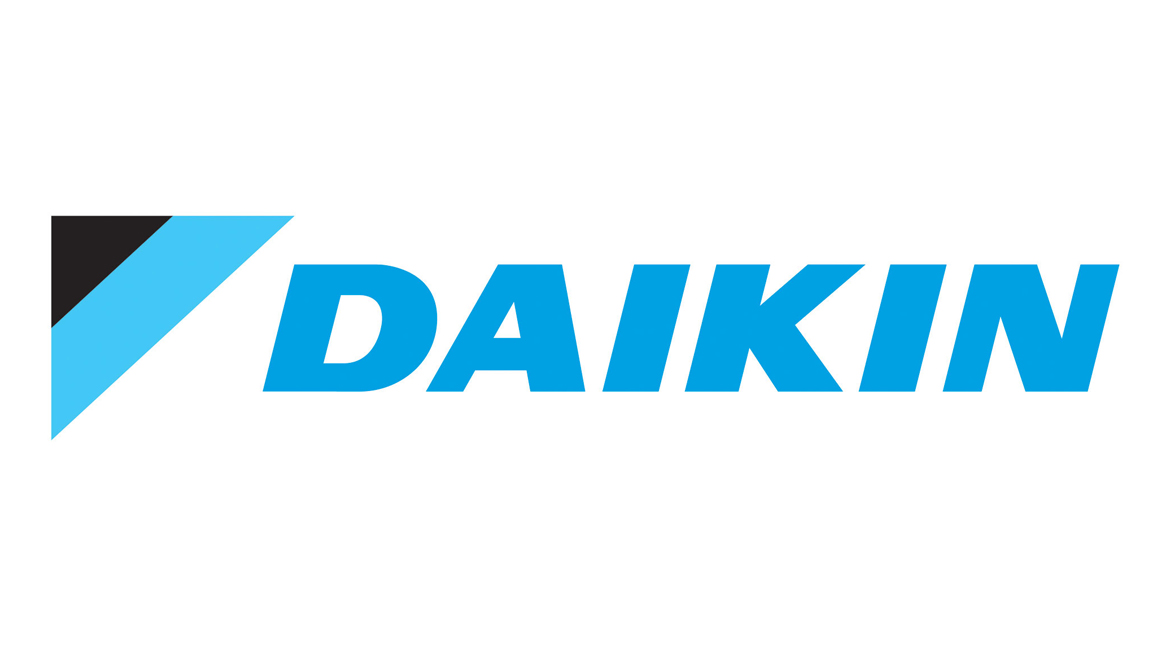
Comfort technologies have revolutionized the way we live, work, and interact with each other. They have brought about significant changes in our lifestyles, work environments, and social interactions, shaping the very fabric of our society.
Social and Cultural Implications
Comfort technologies have profoundly impacted our social and cultural landscape, influencing individual lifestyles, work environments, and social interactions.
- Individual Lifestyles: Comfort technologies have transformed how we spend our leisure time. Streaming services, gaming consoles, and smart home devices have become integral parts of our daily routines, providing entertainment, convenience, and comfort. These technologies have also contributed to the rise of remote work, allowing individuals to work from anywhere, blurring the lines between work and personal life.
- Work Environments: Comfort technologies have reshaped the workplace, making it more flexible and efficient. Video conferencing, cloud-based collaboration tools, and wearable devices have facilitated remote work and improved communication and productivity. These technologies have also created new job opportunities in fields such as software development, data analysis, and cybersecurity.
- Social Interactions: Comfort technologies have both enhanced and challenged social interactions. Social media platforms have connected people across geographical boundaries, fostering online communities and facilitating virtual interactions. However, excessive reliance on technology can lead to social isolation and a decline in face-to-face communication.
Ethical Considerations
The widespread adoption of comfort technologies has raised ethical concerns, including privacy issues, potential for dependence, and accessibility challenges.
- Privacy Concerns: Comfort technologies often collect vast amounts of personal data, raising concerns about privacy violations. Smart home devices, wearable fitness trackers, and social media platforms track our activities, preferences, and locations, potentially leading to misuse or exploitation of this information.
- Potential for Dependence: Overreliance on comfort technologies can lead to dependence and a diminished sense of agency. The convenience and ease of use offered by these technologies can make it challenging to engage in activities that require effort or physical interaction.
- Accessibility Issues: While comfort technologies have the potential to improve accessibility for people with disabilities, there are concerns about the digital divide and the lack of accessibility features in many technologies. This can exacerbate existing inequalities and exclude certain groups from participating in the benefits of these technologies.
Real-World Examples
Comfort technologies are being used to improve people’s lives and address societal challenges in various ways.
- Healthcare: Telemedicine platforms allow patients to consult with doctors remotely, improving access to healthcare in rural areas and for individuals with limited mobility. Wearable health trackers monitor vital signs and provide personalized health insights, promoting preventative care and early detection of health issues.
- Education: Online learning platforms provide access to educational resources and courses for students worldwide, promoting lifelong learning and breaking down geographical barriers. Adaptive learning technologies personalize educational content based on individual needs and learning styles, enhancing student engagement and outcomes.
- Sustainability: Smart home technologies, such as energy-efficient appliances and smart thermostats, reduce energy consumption and promote sustainable living. Transportation technologies, such as electric vehicles and ride-sharing services, reduce carbon emissions and improve urban mobility.
Outcome Summary: Comfort Technologies

As comfort technologies continue to evolve, they hold immense potential to shape a more comfortable and fulfilling future. By harnessing the power of technology to address our needs and desires, we can create a world where comfort is not a luxury but a fundamental aspect of human experience. From personalized experiences to seamless interactions, the future of comfort technologies promises to be both innovative and impactful, leading to a world where well-being and happiness are within reach.
Comfort technologies are designed to make our lives easier and more enjoyable. From smart home systems that adjust the temperature to our liking to wearable devices that track our fitness, these technologies are transforming the way we live. One area where comfort technology is making a significant impact is in the realm of sound.
Listen technology allows us to create personalized sound environments that enhance our well-being and productivity. Whether it’s blocking out distractions with noise-canceling headphones or immersing ourselves in calming soundscapes, listen technology is becoming an integral part of our pursuit of comfort and relaxation.
